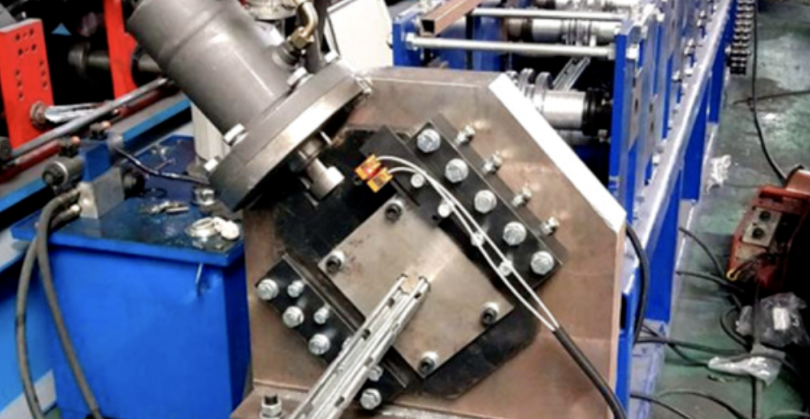
Posted on Friday, October 11, 2024
Operating roll forming equipment in Australia involves navigating a complex landscape of regulations and standards designed to ensure safety, efficiency, and environmental sustainability. For manufacturers and operators, understanding these regulations is essential to maintaining compliance and protecting the well-being of employees. In this blog, we will explore the key regulations that govern roll forming machinery in Australia.
The Work Health and Safety (WHS) Regulations provide a framework to ensure a safe working environment for all employees. These regulations are enforced at both the federal and state levels, with specific requirements for machinery operation.
The Australian Standards (AS) provide specific guidelines for the design, construction, and operation of machinery, including roll forming equipment.
With growing awareness of environmental issues, compliance with environmental protection regulations is crucial for all manufacturing operations, including roll forming.
If roll forming operations involve the use of chemicals, such as lubricants or coolants, compliance with the National Industrial Chemicals Notification and Assessment Scheme (NICNAS) is essential.
Manufacturers of roll forming machines must adhere to relevant Australian standards and regulations before selling or using their equipment in Australia.
Regular maintenance and inspection of roll forming equipment are necessary to ensure compliance with safety and operational standards.
Specific industries may have additional codes of practice that provide guidelines tailored to their operations. For example, the construction industry has particular codes that may apply to the use of roll forming machinery on job sites.
Navigating the regulatory landscape for roll forming equipment in Australia is essential for operators to ensure safety, compliance, and sustainability. By understanding and adhering to the key regulations outlined above, manufacturers can protect their employees, minimize environmental impact, and maintain efficient operations. Staying updated with changes in legislation and industry best practices is crucial for success in the roll forming sector.
For further information and guidance, operators should consult with industry experts or legal advisors familiar with Australian regulations to ensure comprehensive compliance and safety in their operations.

Understanding Coil IDs, Mandrel Sizing, and Shear Pin Safety in Uncoilers
Posted on Wednesday, October 1, 2025
Mismatched sizes can lead to machine damage, downtime, and safety hazards — often evidenced by a shear pin failure.

How Coil Tensile Strength Affects Roll Forming and How to Adjust Your Machine
Posted on Wednesday, October 1, 2025
Changes in tensile strength can significantly affect the finished profile, causing misaligned bends, uneven edges, and out-of-spec parts.

Why Paint Cracks on an Embossing Line Running Pre-Painted Coil and How to Prevent It
Posted on Wednesday, October 1, 2025
This issue not only affects the visual quality of the product but can also lead to increased scrap rates and customer complaints.

The Most Popular Standing Seam Metal Roof Panels in the U.S. — A Comprehensive Guide
Posted on Monday, September 29, 2025
In this post, we’ll explore what panel styles and sizes are most popular in the U.S